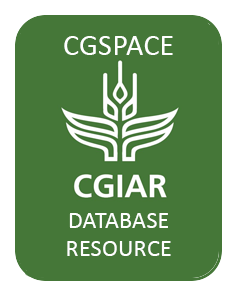Political Economy Analysis Of How Corruption Affects Climate Change Adaptation And Mitigation. A Case Study Of The Forest And Land Use Sectors Of Ghana
Land use change analysis provides valuable information for landscape monitoring, managing, and prioritizing large area conservation practices. There has been significant interest in the southeastern United States (SEUS) due to substantial land change from various economic activities since the…
The use of a free-trade zone (FTZ) has emerged as a smart land tool in increasing trading, attracting foreign investment, attempting financial openness and conducting other pilot economic reforms, which adds higher requirements for smart spatial planning, smart industry planning and smart…
Ethiopia follows a federal state administrative structure. Regional states are organized on ethnic basis. The country has over 85 ethnic groups and languages, but only majority ethnic groups, with few exceptions, have their own standalone regional states.The Constitution of the country…
ABSTRACTContext and backgroundAccess to and ownership of land are important for reducing discrimination. Women’s right to land ownership is a growing challenge to different communities, especially in developing countries, whose most of their societies are patrilineal including Tanzania. Goal and…
In view of land’s vital importance as a foundation of societal livelihood and its position being at the heart of social and political interests and conflicts, increasing number of universities in Africa have been launching and expanding formal educational and research programs since the last two…
This paper presents empirical evidences of cultural barriers to women and the youths in accessing family land among the Ndali tribe, drawing insights on the cultural practices and social norms. The evidence emanates from discussions with local leaders: members of Village Land Councils and…
ontext and background Agriculture, and consequently land is considered a potential to increase economic growth and development than any other sector. With a lot of studies in Asian economies showing increased efficiency and equity associated with land rental markets, this study sought to…
Context and background Land grabbing has been in the news in Africa in recent years. Fertile land is increasingly falling into the hands of national or international private investors. Farmers with rudimentary means, youth, women, indigenous people, and pastoralists are the actors most affected…
Abstract Land is a decisive factor in the organization of urban land. Its management is not subject to global agreement. It cannot be the expression of a socio-economic optimum shared by all actors, given their diverse and divergent interests.Goal and objectives:The legal and institutional…




